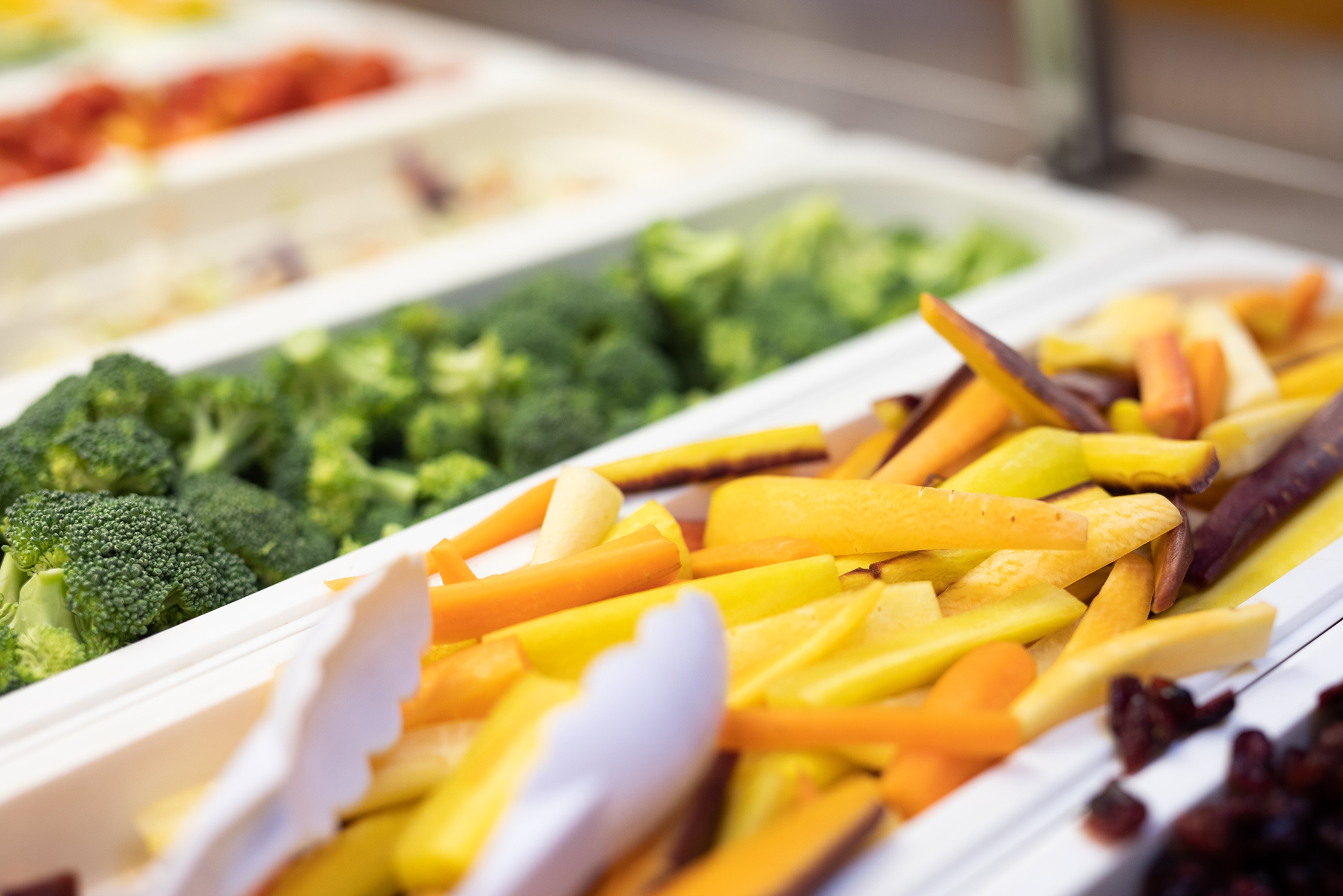10 Cents a Meal for School Kids and Farms 2018-2019 Legislative Report
DOWNLOADMarch 21, 2019 - Michigan Department of Education, Groundwork Center for Resilient Communities, Michigan Department of Agriculture and Rural Development, Colleen Matts, Drew Kuhlman
10 Cents a Meal for School Kids & Farms is a state pilot program that provides schools with up to 10 cents per meal in incentive match funding to purchase and serve Michigan-grown fruits, vegetables, and dry beans.
This report, published by the Michigan Department of Education, overviews the state pilot project in its third year. View the MDE press release here.
Read the legislative overview below, or download the full report to learn more!
More information about the 10 Cents a Meal program can be found at tencentsmichigan.org.
You can also read the evaluation results for the 2017-2018 year here.
Purpose
$575,000 competitive grant pilot program with $493,500 for school food reimbursements
- Improve daily nutrition and eating habits for children through the school setting
- Invest in Michigan agriculture and related local food business economy
History
Expanded financially and geographically for three years
- 48,000 students served in 16 districts in 8 counties in 2016-2017
- 95,000 students served in 32 districts in 18 counties in 2017-2018
- 135,000 students served in 57 districts in 27 counties in 2018-2019

Impact
For all three years of its history: School food service directors said the top impact from 10 Cents is the variety of produce served to students in school meals increased.
Second top impact cited this year: School food service directors can plan local produce and legume purchasing with greater certainty.
Pilot Locations
Districts in Prosperity Regions 2, 4, 6, 8, and 9
- 121 districts applied, more than double the 57 that could be funded
- Scored on capacity to purchase, market, and serve local produce and provide related educational activities
- 57 districts awarded grants; $285,513 reimbursed by March 1, 2019
Student Impact: Knowledge
Promotional or educational activities: 588 activities implemented through December of the 2018-2019 school year, including tasting or taste-testing, Harvest of the Month menu features, Cultivate Michigan posters, and nutrition education in the cafeteria and classroom.
Student Impact: Selection and Preference
Asking Students: Prosperity Regions 2, 4, and 8
MSU Center for Regional Food Systems conducted classroom and cafeteria surveys of students in five school districts. Classroom surveys asked what Michigan-grown produce they selected in the lunch line and how they liked it. Products varied by school. Preliminary results:
- 67% of students who tried and rated apples liked them
- 82% who tried blueberries liked them
- 65% who tried lettuce liked it
Asking Students: Prosperity Region 9
Public Sector Consultants conducted cafeteria surveys of students in five school districts. The surveys asked what Michigan-grown produce they selected in the lunch line and how they liked it. Products varied by school. Preliminary results:
- 100% of students who tried and rated carrots liked them
- 93% who tried cherries liked them
- 85% who tried green peppers liked them
 Asking Students: Prosperity Region 6
Asking Students: Prosperity Region 6
The Crim Foundation’s AmeriCorps FoodCorps program conducted taste-test voting of Michigan-grown produce in Flint Community Schools. Students were asked to vote “Not My Favorite,” “Liked It,” or “Loved It.” Results:
- 88% of students who tried grapes loved them
- 84% who tried orange watermelon loved it
- 71% who tried Parmesan Broccoli loved it
Kids Talk: "I never had this before. It's actually good."
Student Impact: Consumption
New Foods Served to Students: (through December of the 2018-2019 school year)
- 67 total new Michigan-grown fruits, vegetables, and dry beans tried for the first time
- Top new produce on menus: Winter squash, carrots, cherry/grape tomatoes, salad greens, potatoes, radishes, apples, blueberries, plums, watermelon, tart cherries, and beans (black, red kidney, and Great Northern)
Seller and Buyer Impact: Economy
Business Relationships:
- “Our distributors know we are committed to local and 10 Cents has made them better at sourcing and identifying the source.”
- “Local farms are more interested in serving schools and expanding their business.”
- “They like making sales through the winter.”
Customer Satisfaction:
- “[We] like having a bit more variety during the winter months with the fresh to freezer items.”
- “Any nervousness that [staff] have had in the past in working with unfamiliar items has been replaced with confidence and pride that we are serving something special.”
- “I describe it as a ‘win, win, win’ situation. The farmers are happy, my food service budget is happy, and the students are happy.”
By the Numbers: 93 different fruits, vegetables, and beans purchased, grown by 143 farms located in 38 counties, plus 20 additional businesses such as processors, distributors, and food hubs.
Read more about the five participating prosperity regions by downloading the full legislative report!



 Print
Print Email
Email





